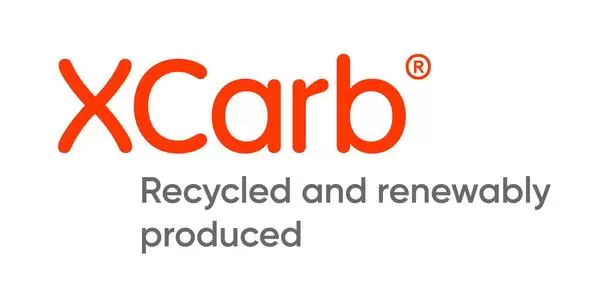The circularity of steel
Circularity is certainly not a new concept in the world of steel, and it covers much more than simply recycling scrap steel…
Published: 11 April 2024
The 3 Rs
Reduce. One way we may protect primary materials and improve circularity is by using less steel. Advanced high strength steels, such as ArcelorMittal’s Amstrong®, Amstrong® Ultra, and HISTAR®, are all being utilised to optimise weight in construction, reducing the amount of steel required.
Reuse. Upon reaching the end of its life, steel can be fully recycled and reused so it makes sense to reuse it when possible. This reduces carbon emissions as no new steel needs to be produced.
Recycle. When it comes to recycling, the fact that steel is magnetic is a major benefit. Steel is more easily extracted from waste streams than any other material. In doing this, it is guaranteed that almost all steel is collected and recycled into new steel products.
Circularity of by-products
Natural resource preservation can benefit from the by-products of industries, such as the steel industry. With the help of ArcelorMittal's Smart Carbon technology, carbon from waste streams, such as responsibly sourced construction wood waste, can partially replace the coal used in blast furnaces.
The Smart Carbon technology also allows for the integration of carbon capture and reutilisation (CCU) or storage (CCS) technologies. It is possible to recover and reuse carbon emissions from the steelmaking process, thereby potentially producing a product with zero carbon emissions. According to the UN Intergovernmental Panel on Climate Change and the International Energy Agency, these technologies are essential to reaching net-zero steel production by 2050.
ArcelorMittal Gent in Belgium has recently commissioned the Torero plant. The project will reduce the amount of fossil coal required by transforming waste wood into bio-coal for use in the blast furnace. Using bio-coal results in a bio-gas which can be transformed into ethanol at the plant’s Steelanol (Carbalyst) facility. The bio-ethanol can then be used in the production of a variety of chemical products, such as transport fuels, which will help the chemical sector circumvent the use of fossil fuels.
ArcelorMittal’s Innovative DRI (direct reduced iron) pathway is another technology being developed. DRI, along with recycled steel, is a key metallic input in an Electric Arc Furnace (EAF). DRI is commonly produced using natural gas; however, Innovative DRI instead uses an alternate, clean energy source such as hydrogen. It is possible to create zero-carbon DRI if the hydrogen is produced using renewable electricity.
Steel will continue to play a significant role in the circular economy of the future – benefitting society, the environment, the economy, and our future – with the help of these initiatives.
High strength
steelsText:
Constructalia
Images:
Mark Mercer and ArcelorMittal





























